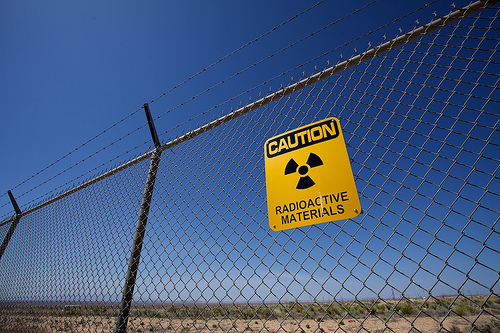Send your question to Umbra!
Q. Dear Umbra,
The other day I was sitting on the couch after a day of eating an onion-rich diet and wondered … how much impact can a person have on climate change by avoiding flatulence-producing foods?
Resourcefully yours,
Rob D.
 Troubled by your bubbles?A. Dearest Rob,
Troubled by your bubbles?A. Dearest Rob,
I appreciate your desire to not turn the Earth into a Dutch oven, Rob. So let me cut to the cheese, if you will. According to the National Digestive Diseases Information Clearinghouse of the National Institutes of Health, “most people produce about 1 to 4 pints a day and pass gas about 14 times a day.” With a current world population at around 6,908,035,754 people, that’s a lot of broken wind. (Makes you think about a whole new set of possibilities in the realm of renewable wind energy.) But what does all that gas amount to when broken down?
Believe it or not, the gas we pass is made mostly of odorless vapors from carbon dioxide, oxygen, nitrogen, hydrogen, and, on occasion, methane which as you know is a potent greenhouse gas. (The stench comes from bacteria in the large intestine that break down food and release gases with sulfur.)
Carbon dioxide and methane are the greenhouse gases to consider when it comes to your personal gas, Rob. The Encyclopedia Brittanica notes that carbon dioxide makes up 10 to 30 percent of the average gas passed and methane accounts for about 10 percent. Also, only about 1 or 2 out of every 5 people seems to release methane. According to statistician and author Lester Brown, of the greenhouse gases in our atmosphere, “CO2 accounts for 63 percent of the recent warming trend, methane 18 percent, and nitrous oxide 6 percent, with several lesser gases accounting for the remaining 13 percent. Carbon dioxide comes mostly from electricity generation, heating, transportation, and industry. In contrast, human-caused methane and nitrous oxide emissions come largely from agriculture — methane from rice paddies, and cattle and nitrous oxide from the use of nitrogenous fertilizer.”
Notice Lester Brown did not say anything about human wind farms. I hate to burst your bubble here, Rob, but it does seem to me our individual, very personal emissions are not contributing all that significantly to greenhouse gas emissions. It would be wise to avoid getting anal over matters such as this.
But since we’re shedding light on the matter, here’s how farting works. Gaseous emissions result from swallowing air (while talking, chewing, drinking) and from breaking down food in the large intestine. Aerophagia (swallowing air) can be increased by “chewing gum, smoking, or wearing loose dentures.” To avoid unnecessary windbaggery, consider cutting out gum and smoking, and wear your dentures tight, people.
Which foods cause gas? The onion-rich meal you ate, Rob, was laden with fructose, a natural sugar found in foods like artichokes, wheat, and pears. Fructose is a fart-friendly food, and so is fiber. Foods associated with air biscuits and barking spiders include an array of carbohydrates. Rice is nice and doesn’t lead to gas, unlike starches such as potatoes, pasta, and corn. Beans are indeed a musical fruit, due to the fact they contain complex sugars. This is also true of brussels sprouts, cabbage, broccoli, asparagus, and many whole grains.
Each human being reacts differently to different foods. So if we were trying to collectively curb our contributions, as it were, there’s no one-size-fits-all rule like, “Don’t eat ice cream” (although the lactose found in milk and dairy products may indeed cause certain people to experience increased backend bravado).
Still want to get off your ass? The impact of human flatulence is a difficult thing to quantify, ultimately. But there is something you can do to curb your intestinal enthusiasm. Want to do your part and undo the potential impact of your fart? Consider taking digestive enzymes such Beano, or the enzyme lactase. Another way to cut back emission-wise is flying. Cabin pressure puts unusual pressure on the intestines, often leading to an unfriendly skies experience. This phenomenon has lead to many flight attendants “crop dusting” as they go around collecting the trash. In-flight Flatulence can be curbed by flying less, which is really one of the best ways to reduce your carbon emissions.
Another way to fight flatulence is to avoid eating factory-farmed meat, which goes hand in hand with cow farts and methane-laden cow burps. Livestock account for about 20 percent of our global methane emissions, the gross majority of which comes from cattle belching. If you care to reduce your end of greenhouse gas emissions from livestock, consider Meatless Mondays and consuming less meat and dairy in general.
It’s not just hot air when I say, Rob, thank you for your question. Hope the answer helps you toot your own horn.
Eruptively,
Umbra



